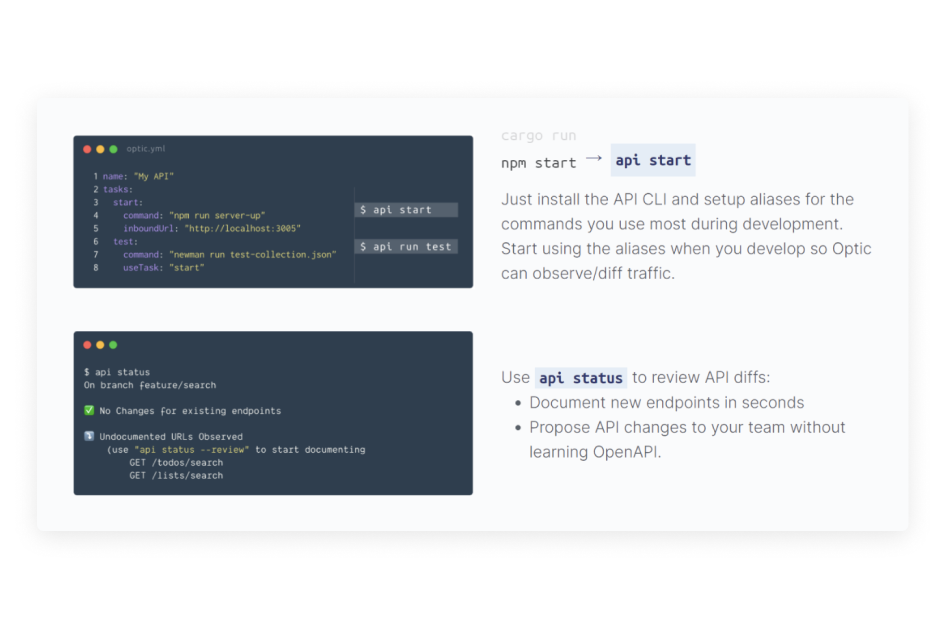What’s the difference between no-code & low-code?3 min read
Reading Time: 3 minutesOften we hear people put no-code and low-code in the same basket. This begs the question, does the difference really matter? Is low code here to replace developers, similar to no-code?
Low-code will never replace developers; it was made for developers, allowing them to build faster.
Here at Anima, our focus is on supporting developers by saving on the grunt work. We allow teams to convert a design into code automatically (i.e Figma to HTML or React).
No-code vs. low-code: what’s the difference?
The short answer is this:
Both no-code and low-code approaches have been designed with the same goal: To develop products faster. However, the use-case can be very different.
It really does what it says on the tin:
- No-code means no coding (developers) needed. These platforms are geared towards businesses that want to develop a product without a developer. But this comes at the price of restrictions and less flexibility. That’s because you’re working with templates and a CMS. Usually, there is no room for developers to chime in for complex logic or an external backend.
- Low-code, on the other hand, is aimed at developers. Helping them work faster, yet allowing them to control the code (and make changes as needed). That means no templates, the freedom to make changes, and yet the grunt work is automated.
If you’re building an SMB landing page or a virtual store, you might find solve it with a no-code solution. However, for a more complex app with custom UI, custom flows, or a custom backend, it simply won’t cut it.
No-code examples
Wix
A good example of this is Wix. Wix is a website builder that allows users to create HTML-based websites. First, you select a template, then you can drag-and-drop to customize it.

Wix — A no-code platform for building websites based on templates. No developer involved.
Webflow
Another good example of a no-code platform is Webflow. With this platform, users can design, build, and launch websites, web applications, prototypes, and landing pages with no coding.
Like any no-code solution, Webflow is a closed garden. It has its own editor, a CMS, and you host your site on their servers. Again, no developers involved.

Webflow — creating websites, landing pages, and more. No code, no developers.
Low-code examples
There are plenty of other low-code platforms out there that share the same greater goal of automating development to speed up the delivery of R&D teams.
Heroku
Heroku, is a great example of a low-code platform. It is a container-based cloud Platform as a Service (PaaS) designed to enhance productivity. With Heroku, developers can deploy, manage, and scale their apps. Heroku spares the grunt work of managing your servers. Allowing developers to focus on the core logic rather than the grunt work.

Heroku — a low-code backend. Allowing developers to focus on logic, rather than deployment.
Optic
Optic is a great example of a low-code product. They focus on developer-friendly workflows and automatically create documentation for APIs.
On their website, you can see the benefit of their product. It is a developer-friendly environment where engineers can enjoy the benefits of OpenAPI, without having to learn specs for, or write YAML. This is the beauty of such low-code platforms.

Optic — a low-code platform designed to automate documentation for APIs.
Deliver better products faster
Over the past decade, UX (user experience) expectations have raised tremendously. UI code frameworks such as React or Vue.js make our lives better. Design tools have also evolved, and we have told like Figma, Sketch, or Adobe XD.
And yet, designers and developers still communicate with images.
How about automating the design to code process, and spare the grunt work?
We made Anima in order to allow teams to run faster. When it comes to developing products with a rich UX, there’s a lot of developers’ pixel-pushing grunt work involved. Coding UI from scratch is time-consuming and frustrating.


 Figma
Figma Adobe XD
Adobe XD Sketch
Sketch Blog
Blog


